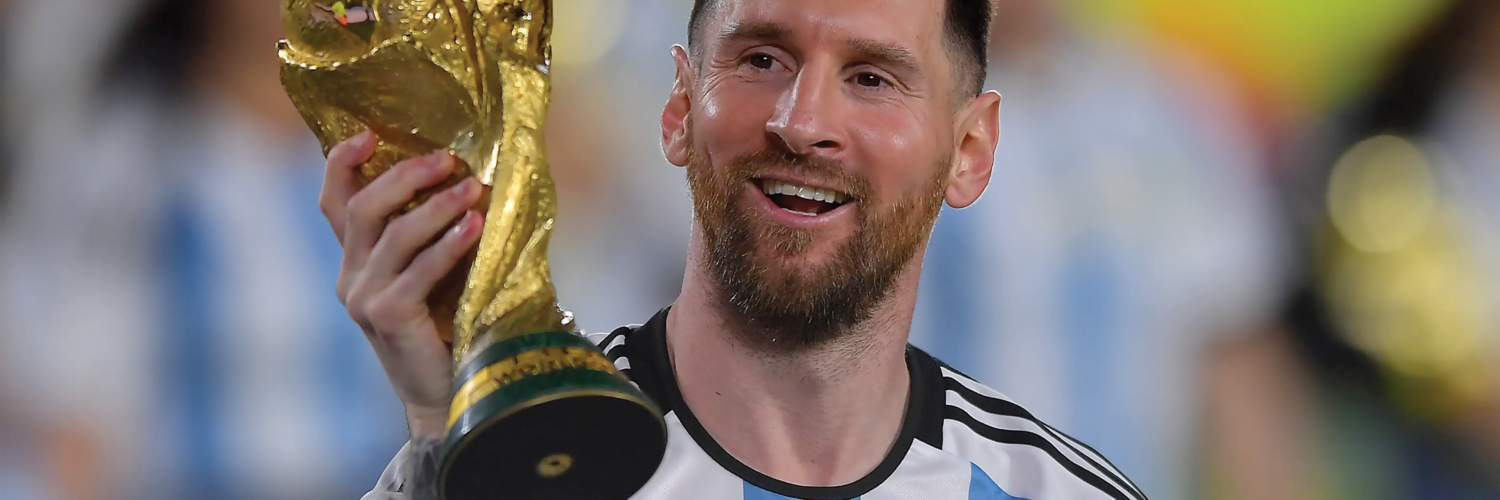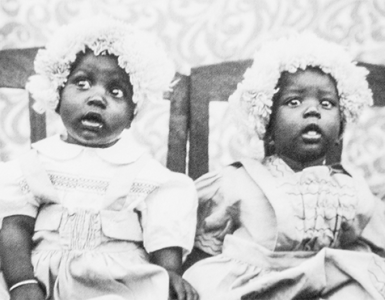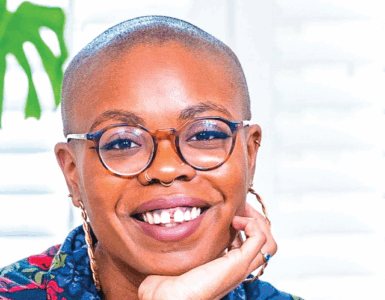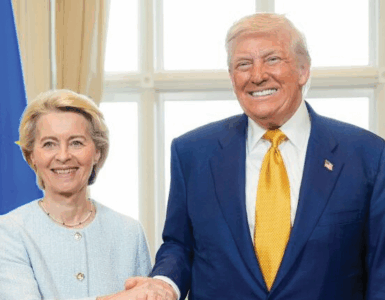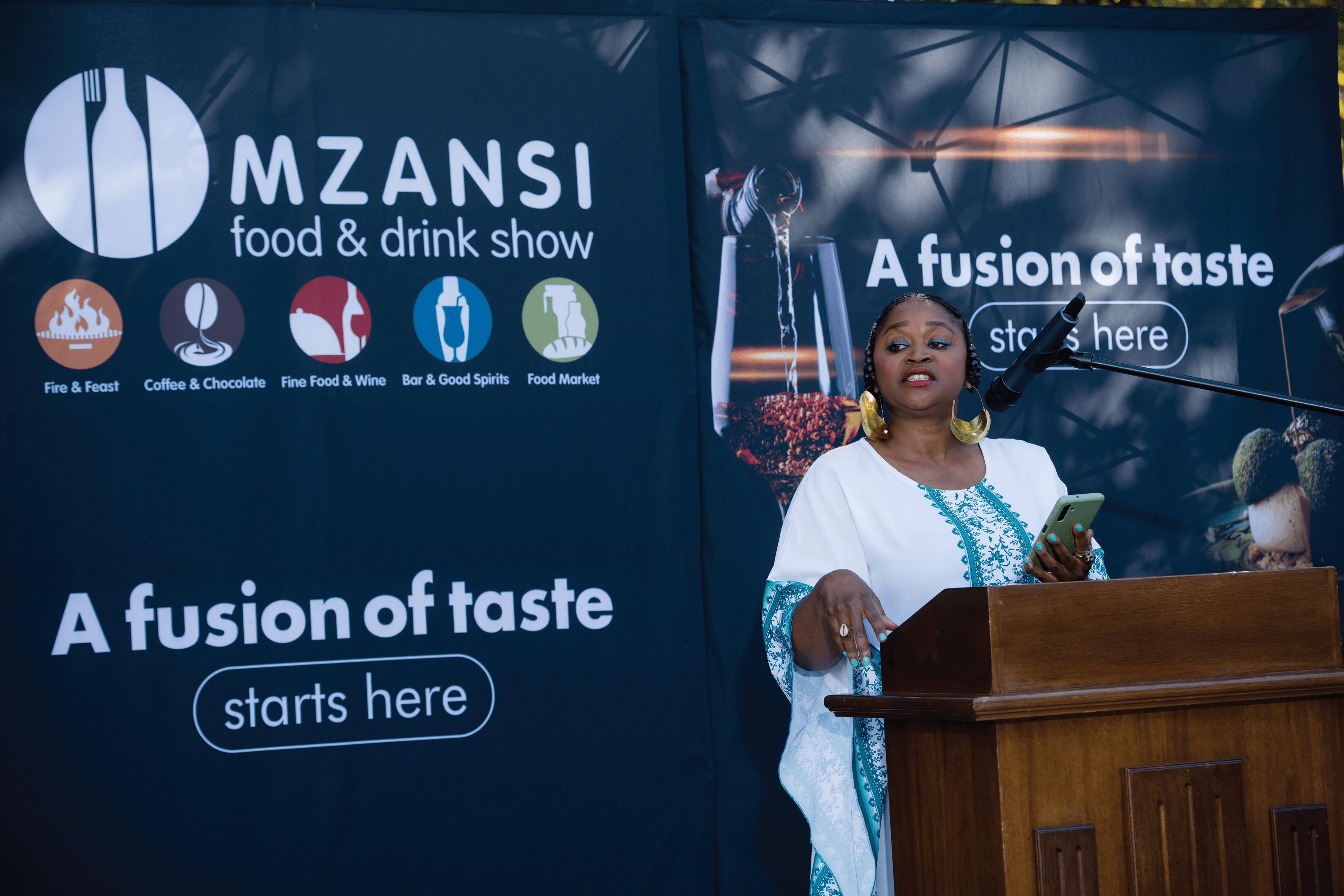ACCOUNTS: Fascinating anecdotes, including insight into ambivalent relationship between Messi and Argentine legend Maradona..
By Jacob Mawela
“He’s so small,” said the youngsters. “Be careful with him, he’s very small, don’t break him,” cautioned an adult in their midst inside the dressing room of one of Europe’s renowned footballing brands’ premises.
“How can we be careful? We can’t even get close to him!” one of the youngsters grumbled, a central defender who happened to be the gangliest in the group of burgeoning academy soccer players, much to everyone’s amusement.
“He’s so fast, and so slight that you could injure him,” came the adamant response from the elder.
The subject of discussion, stood a mere 1.47-metre-tall (unusually slight of built in comparison to the other youngster who were of his age group born in 1987). What more, he didn’t understand their language, and they found his daily habit of administering unto himself, a 13-year[1]old kid, a syringe dosage of hormones meant to augment in his growth – strange! “Where are you from? Where do you play?” the kids, mostly Spaniards, further probed of the fragile stranger – an Argentinian, thousands of miles away from home!
The scene hallmarked of juvenile curiosity ensued on one of the soccer fields of FC Barcelona in the early 2000s and is depicted with such imagination in, MESSI: The Definitive Biography – a whopping 755-page paperback tome by renowned award-winning football author, Guillem Balague. Initially launched in 2013, the latest iteration has been updated to include Argentina’s 2022 FIFA World Cup triumph.
The stunted teenager had abruptly been invited to Spain in the midst of his schooling year from his native Argentina – along with his family – by the Catalan club’s representatives, in order for them to witness first-hand whether he was indeed the heir to his countryman, Diego Maradona, as many deemed!
Having grown up a fan of local soccer outfit, Newell’s Old Boys (which Maradona once played for) the youngster was set for a professional career with the club until his family resolved – upon NOB’s reluctance – to place him with a club which would cover the costs of his much needed hormonal injections.
Such necessity would lead to his arrival at FC Barcelona – where, despite having seen a video showing him demonstrating his exceptional talent, officials dilly-dallied in eventually offering him a contract, which ultimately opened the pathway to his fulfilling his destiny as arguably the greatest player ever in both the club’s and world football’s annals!
 Initially entered into birth records as Lionel, a fleeting row betwixt his parents resulted in the name Leo, as a compromise, sticking universally! Nicknamed ‘El Pulga’ (the flea), he hails from Rosario, a City situated some 300 kilometres from the capital Buenos Aires, described as a conveyor belt of Argentinian footballers (his homeboys include, Angel Di Maria, Giovani Lo Celso, Ever Banega, Javier Mascherano) in an area named La Bajada where his parents raised him together three siblings in a modest two-bedroomed house.
Initially entered into birth records as Lionel, a fleeting row betwixt his parents resulted in the name Leo, as a compromise, sticking universally! Nicknamed ‘El Pulga’ (the flea), he hails from Rosario, a City situated some 300 kilometres from the capital Buenos Aires, described as a conveyor belt of Argentinian footballers (his homeboys include, Angel Di Maria, Giovani Lo Celso, Ever Banega, Javier Mascherano) in an area named La Bajada where his parents raised him together three siblings in a modest two-bedroomed house.
In this neighbourhood, standout memories comprise of the Argentine and Italian dishes such as chorizo sausages, ravioli, spaghetti and beef ‘milanesa’ dishes his mom Celia prepared like nobody else; reminiscence of childhood dalliances with cute five-year-old Antonella Roccuzzo (now his wife) who back then paid scant interest in him until, whilst on a trip back home for the holidays from Barcelona, their romance was rekindled; his beloved grandmother Celia urging a coach of a local club to include then five-year-old in a seven-a-side soccer game.
Although Leo, Lionel Messi that is, reflected in hindsight that, “we wanted for nothing” whilst growing up in a household maintained by factory worker parents – his hormonal treatment went beyond their salaries, thus forcing them, like other Argentine parents blessed with exceptional soccer-playing children in their families, to seek economic prospects in Europe.
In fact, Messi’s trip to Spain occurred within a backdrop whereby their country’s economic situation created breadwinners out of most young footballers talented enough to secure professional contracts both internally and overseas. Upon FC Barcelona agreeing to a contract (600 000 Euros per year, including costs of his hormonal treatment and other appertaining perks) for the 14-year young Messi on January 8 2001, so grateful was his dad, Jorge that himself and a friend embarked on a 75 kilometres walk to give thanks at the Shrine of the Virgin of St Nicolas.
Lasting 14 hours, Balague mentions that a barefooted Leo joined them for the last 800 metres of the journey! Planet football was about to be exposed to arguably its greatest ever player!
It was at FC Barcelona’s La Masia Academy that the youngsters cringed at the newcomer’s stature and some of whom would morph into household names worldwide – names such as Cesc Fabregas and Gerard Pique. Known as the ‘Class of ‘87’ owing to their birth year, together with Leo, they would become the most successful cadets in the club’s history and grow to achieve even more as senior players (the trio are FIFA World Cup winners).
A chapter deep in the comprehensive read titled, Dealing with Maradona, sheds fascinating insight into the ambivalent relationship betwixt Messi and Argentina’s long-time idol, Diego Maradona.
Having identified Messi as his heir to soccer deity, El Pibe de Oro (the golden boy, as Maradona was referred to as) would veer from specifically seeking him out in a dressing room pending a World Cup tourney and exhort, “have strength, courage and score a goal!” to, “Sometimes, Messi plays for Messi.” “It is FC Messi,” after the Argentine football team had drawn in an international.
The narrative delves into tax evasion sagas; how top strikers were dispensed with at Barcelona for Messi’s sake; the Qatar FIFA World Cup triumph; the transfers to Paris-Saint Germain and Inter Miami, etc. It is an experience of a great count, alongside Pele, Maradona, Di Stefano, Cruyff, Best.
- Messi – The Definitive Biography, is published by Orion Books and distributed across South Africa through Jonathan Ball Publishers. It is available at reputable bookstores countrywide
WHEN INCORRIGIBLE MASTER PLAYS ARTFUL SWINDLER
PORTAIRT: A warts-and-all narrative that delves deep into the murky world of art wheelers and dealers amid air of concomitant danger and suspense…
By Amanda Ngudle
 This hilarious and smart crime fiction by the late satirist author, Peter Mayle was first published in 1991. Twenty-six years later it hits the spot as sweetly as it did back then.
This hilarious and smart crime fiction by the late satirist author, Peter Mayle was first published in 1991. Twenty-six years later it hits the spot as sweetly as it did back then.
Following the runaway success of A Year in Provence, Mayle released a few other thrillers like Dangerous Candy and Toujours before this particularly unputdownable offering.
The story goes that a successful New York photographer, Andre Kelly, is on a home decor photographic spree under the watchful eye of an over-ambitious editor of Decorating Quarterly (DQ) magazine Camilla Jameson Porter. By fluke, he spies a famous and obscenely expensive painting by famous painter Paul Cezanne, called Woman with Melons, being loaded on the back of a plumber’s van by a butler of an aristocratic family intimately known to him, in Paris. This raises red flags for him.
So bothered he is by the unseemly act that he decides to report the matter to the owner of the painting, Bernard Denoyer, who shrugs off any of his worries, saying it could have been taken somewhere for cleaning. Imagine this lukewarm response after you have taken a flight to a holiday destination you did not even budget for.
However, Andre is like a dog with a bone and follows up until he is introduced to the bottomless graft of the international art scene. It unearths a number of the players of this unbelievable underworld like gloaters, forgers and the victims of fake artworks they paid millions for and so much more.
The chase for the Cezanne is one thrilling roller-coaster adorned with delectable food in each stopover and unexpected turns of events. But the award for the most interesting character is a French assassin who, in his quest to kill Kelly, and his friends is constantly stupefied by the targets’ effortless elusiveness.
BBC did a wonderful series of A Year in Provence and my anticipation for a movie adaptation of Chasing Cezanne was not out of place, but alas. It’s a collector’s item.
*Chasing Cezanne by Peter Mayle retails for R270 (Amazon)

